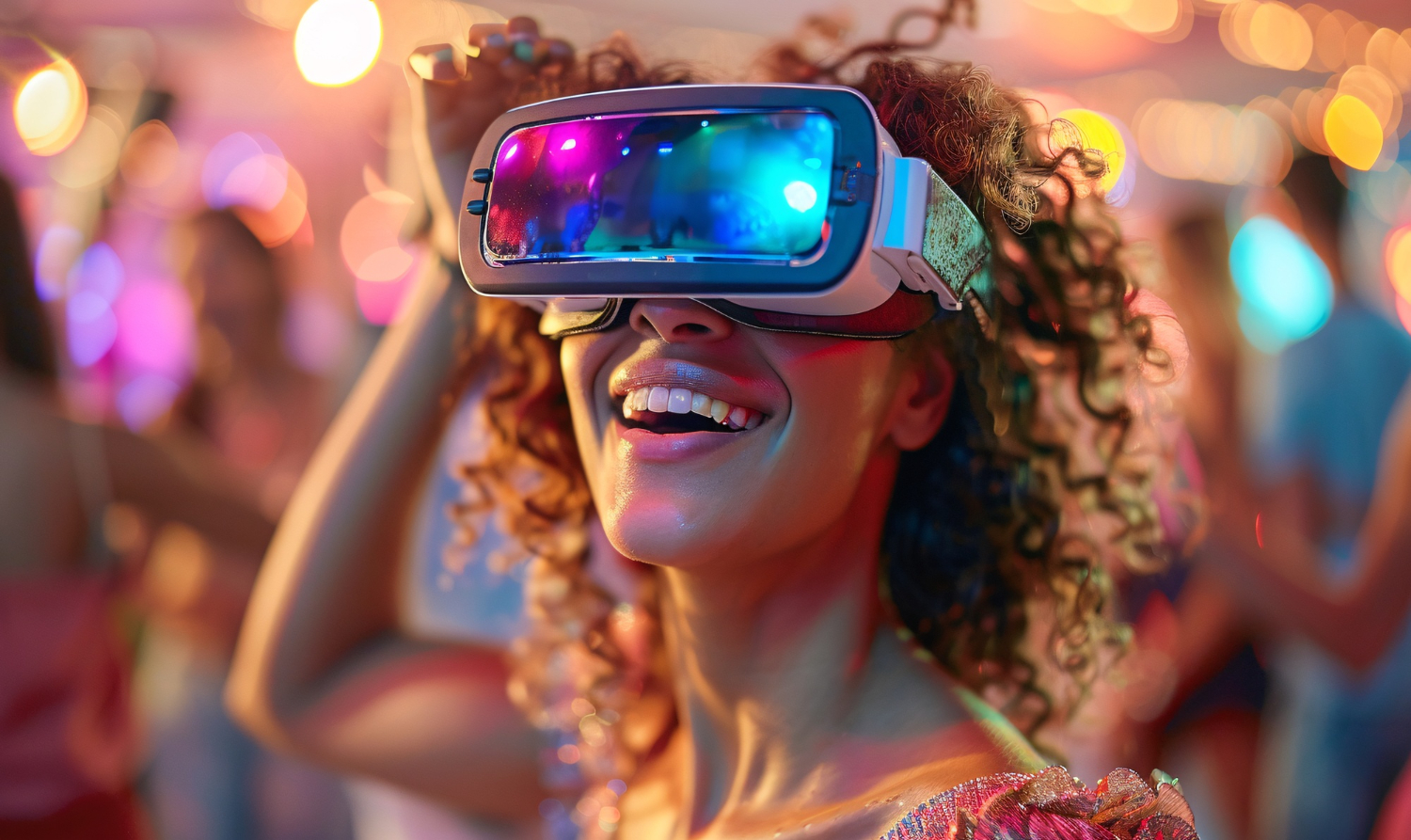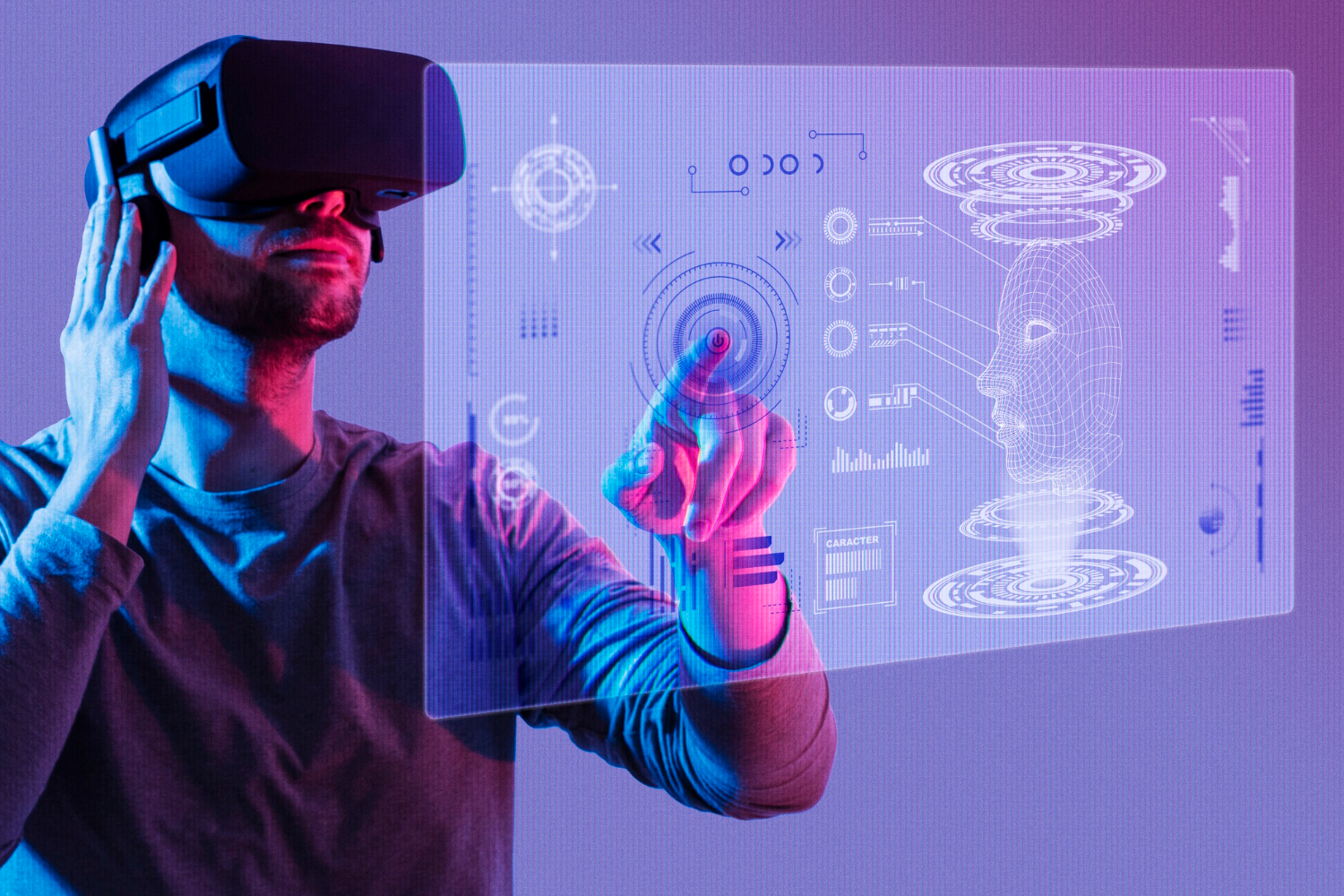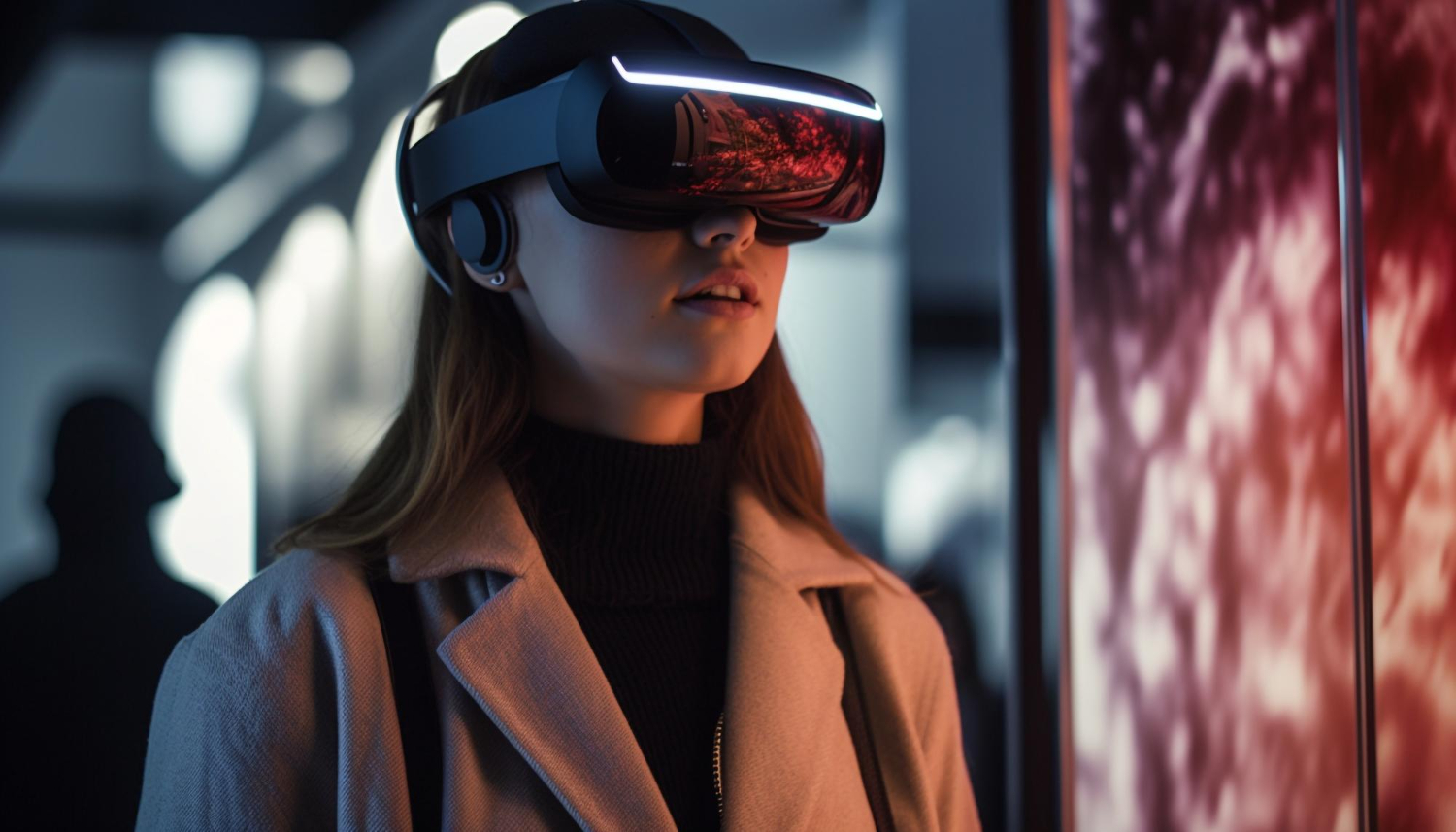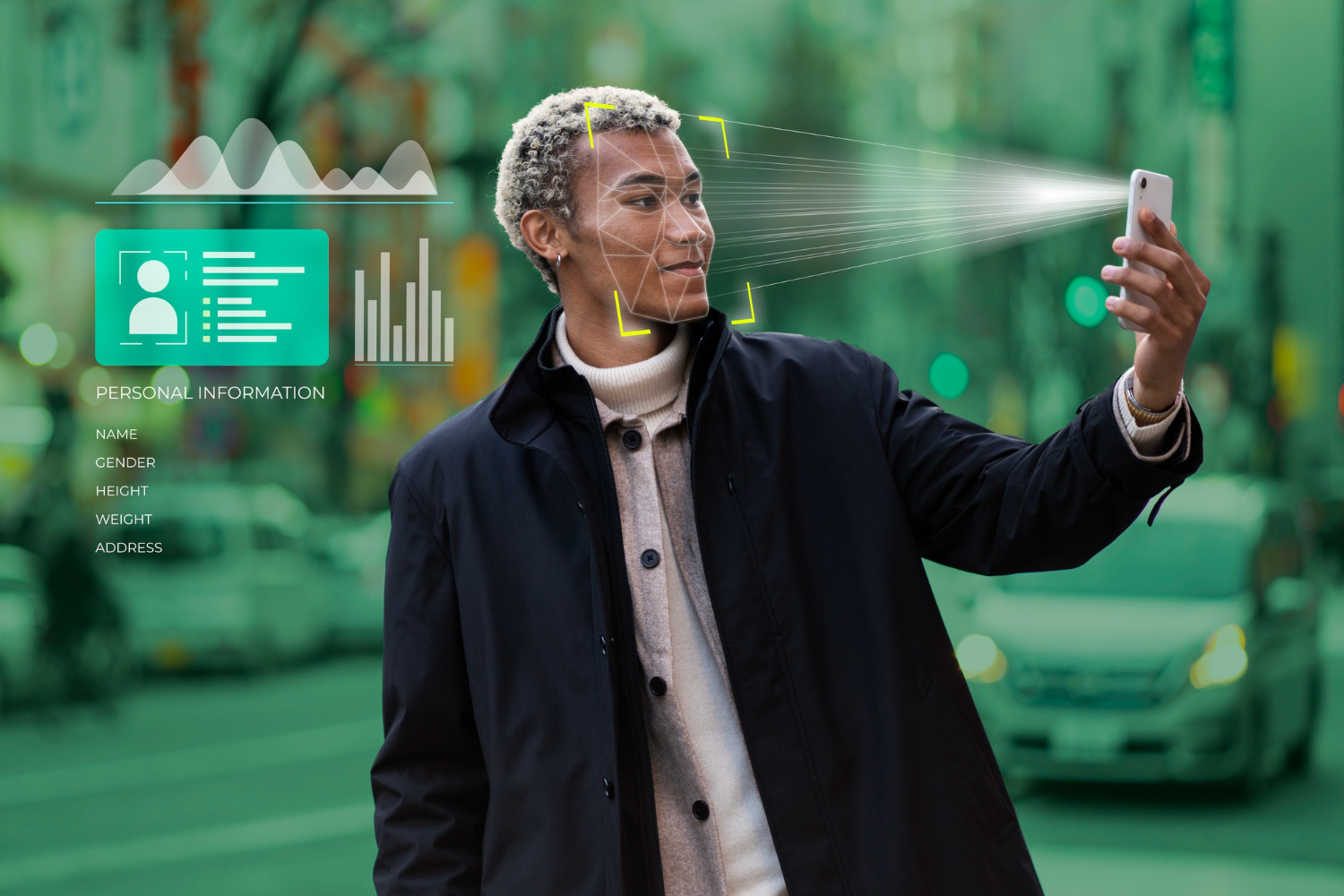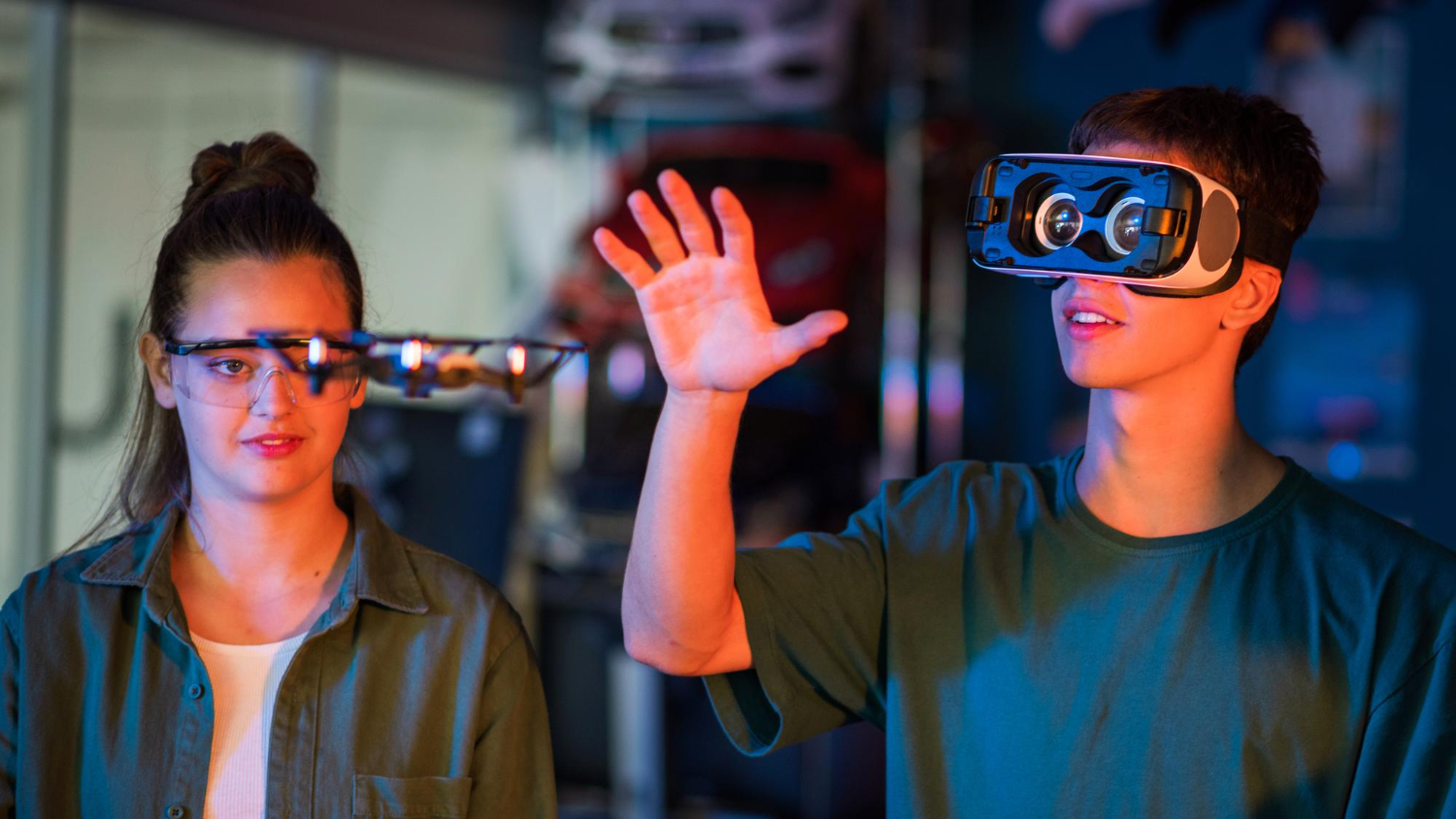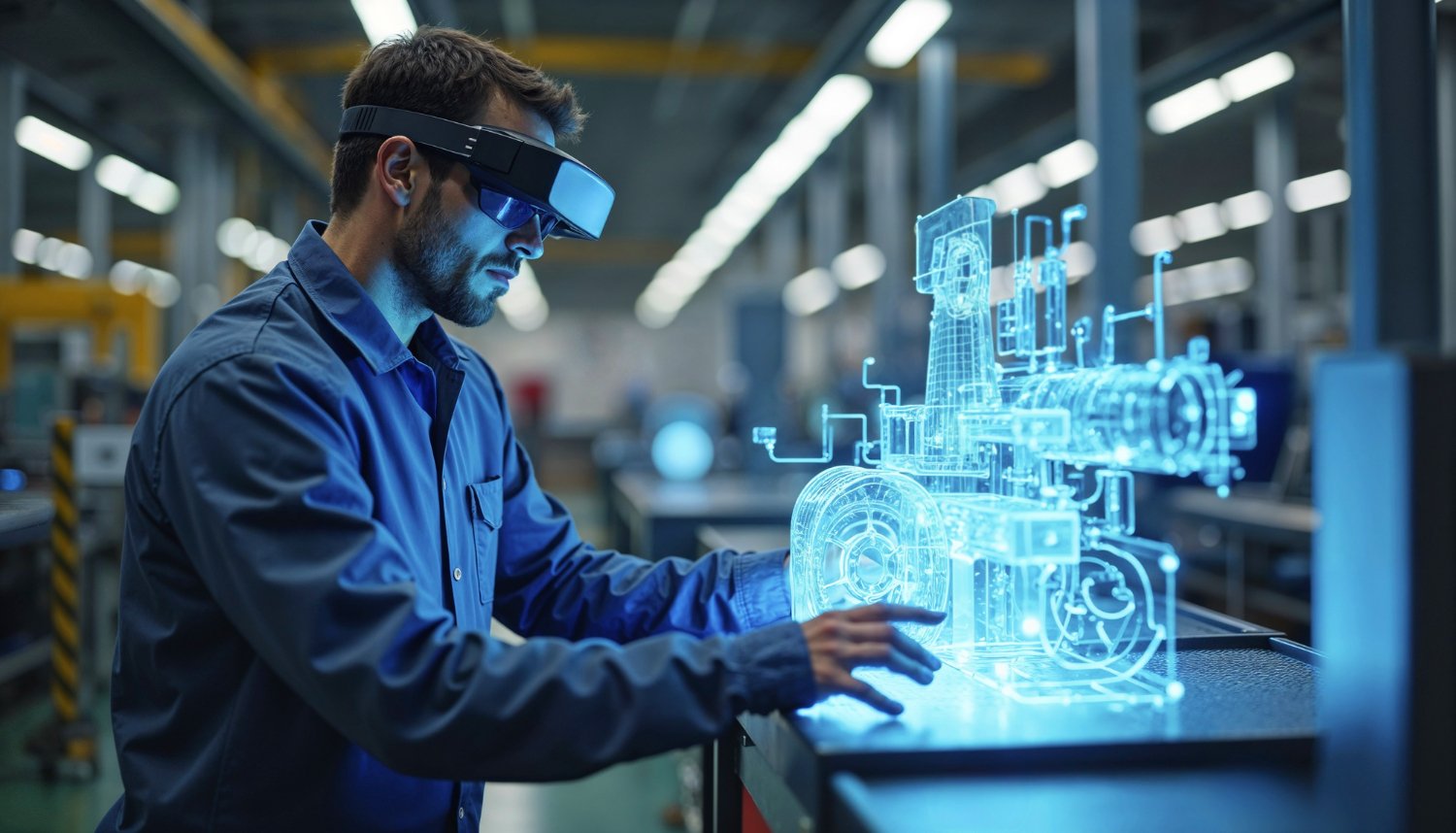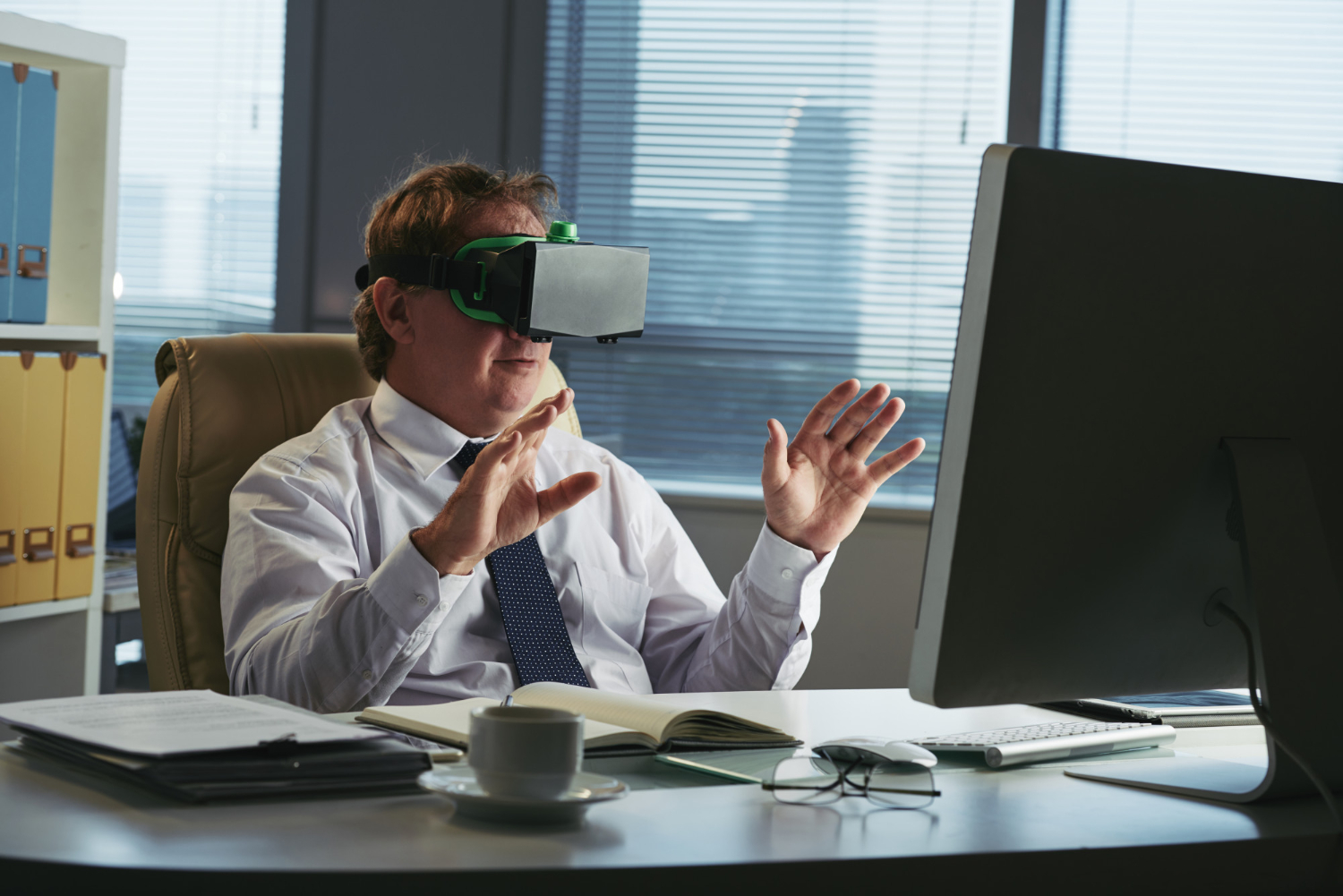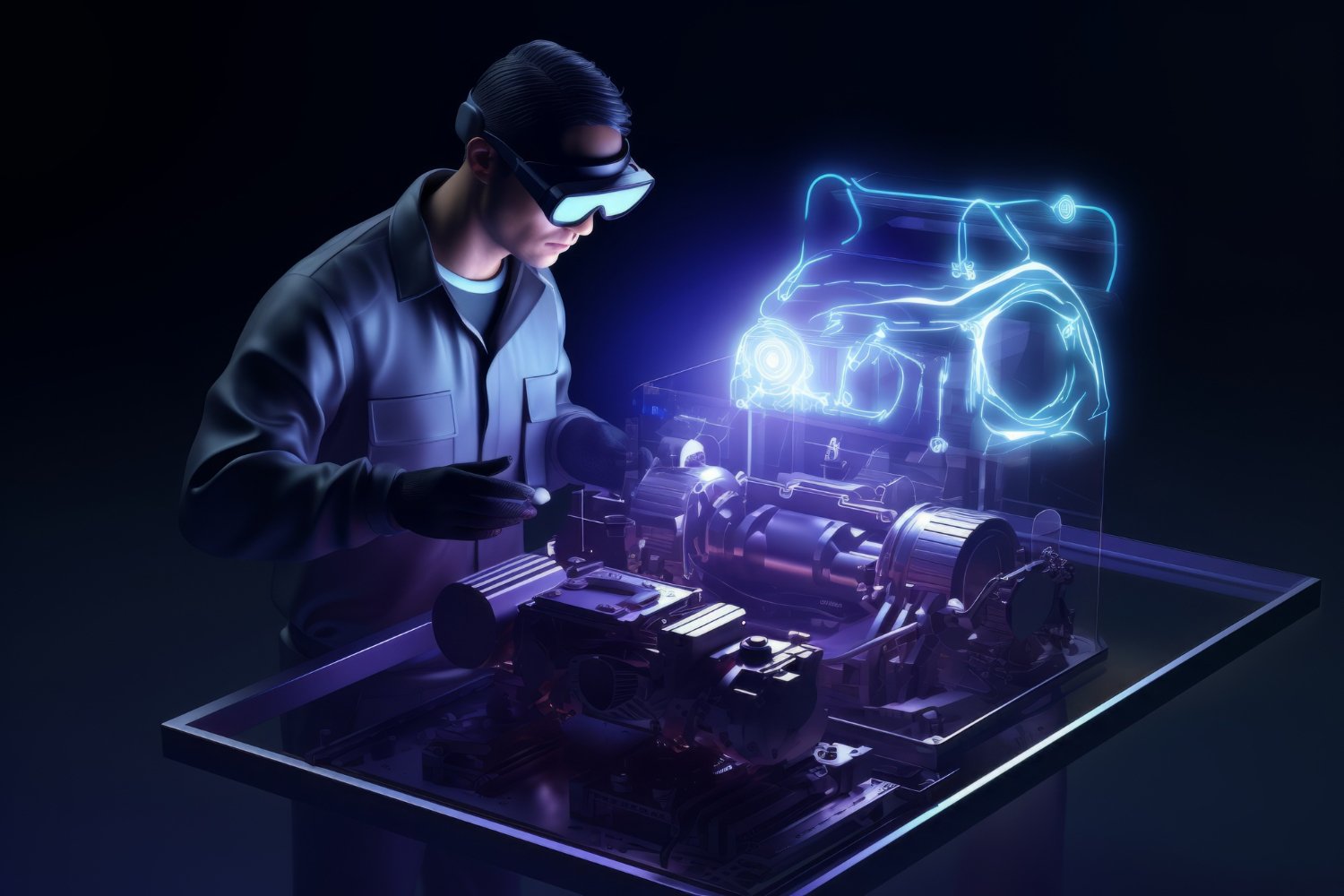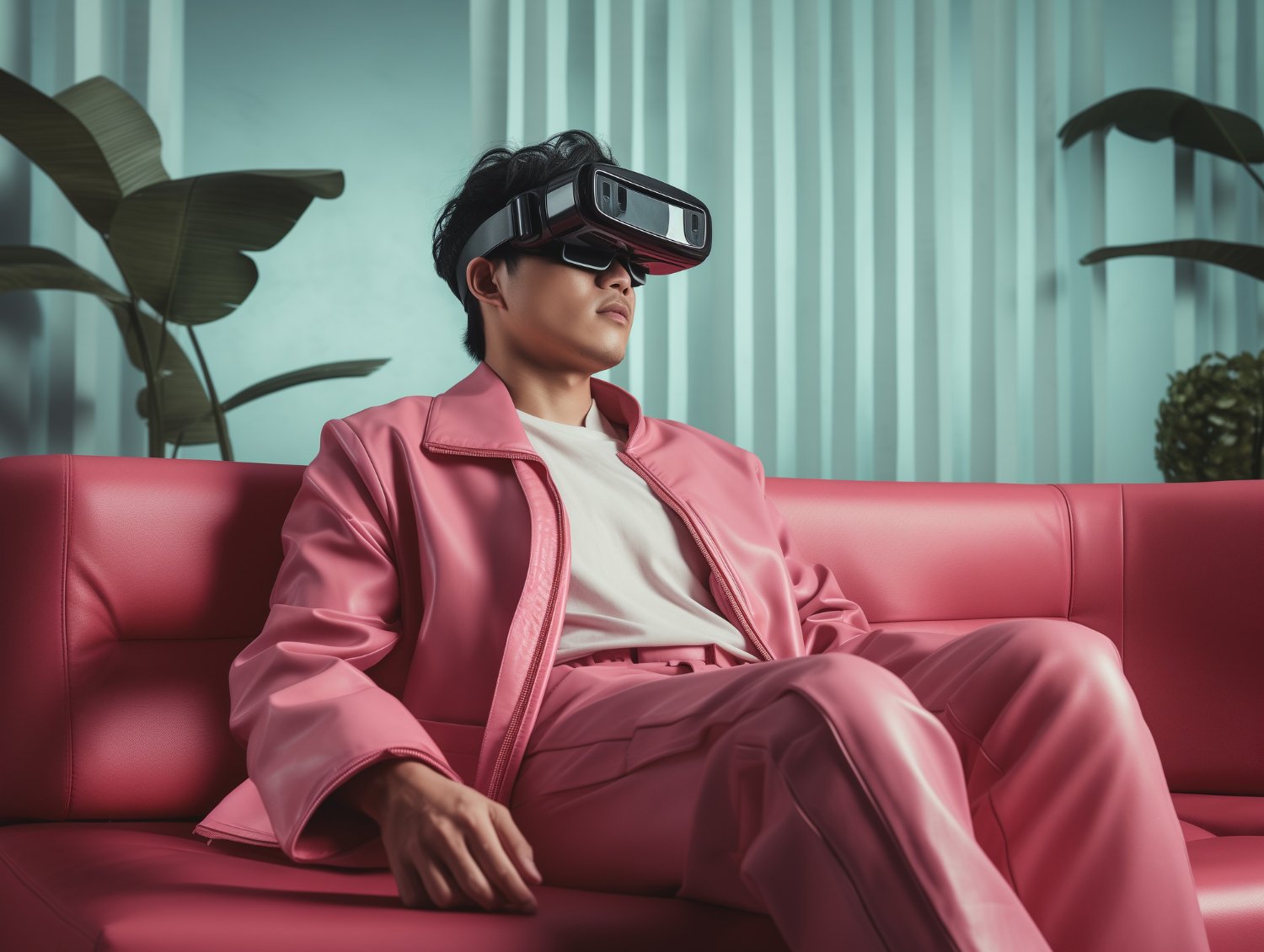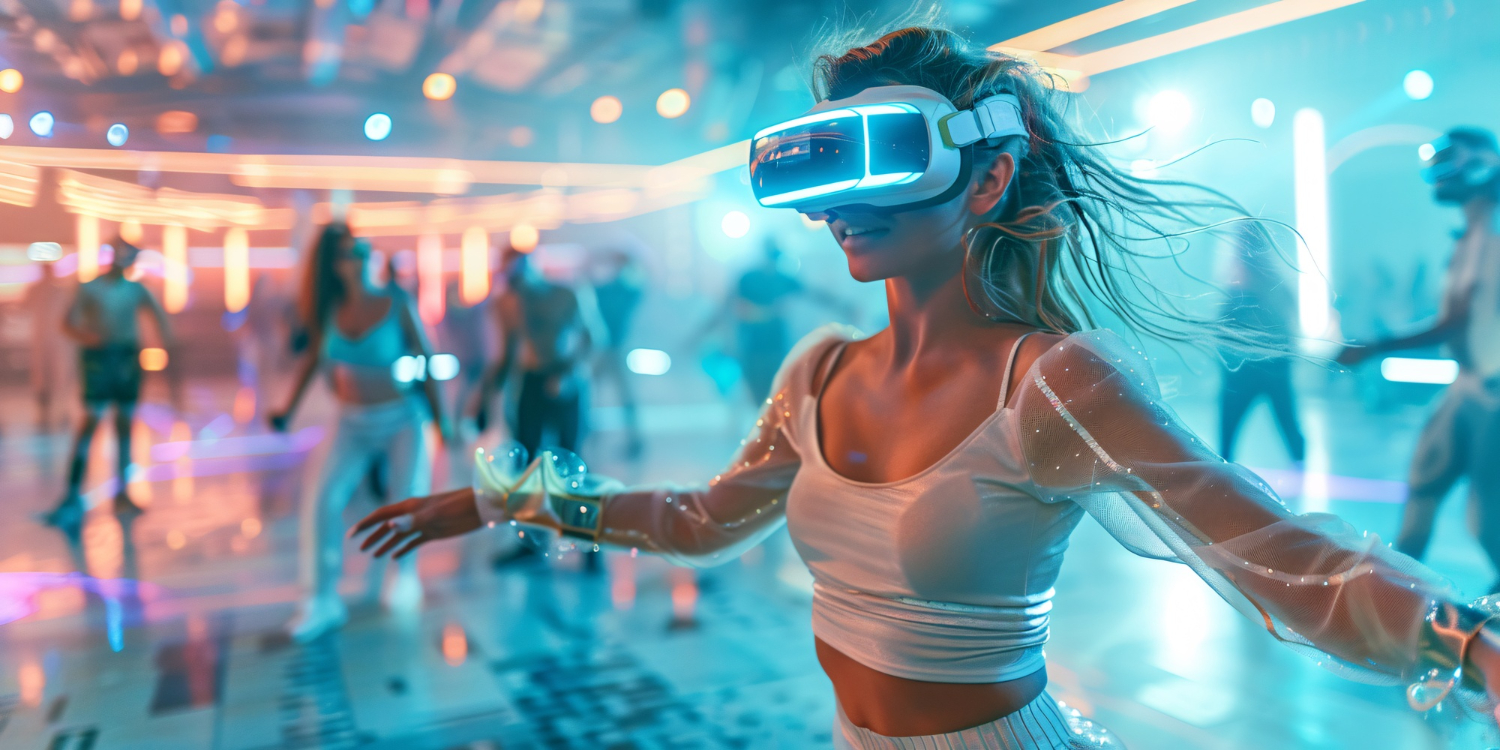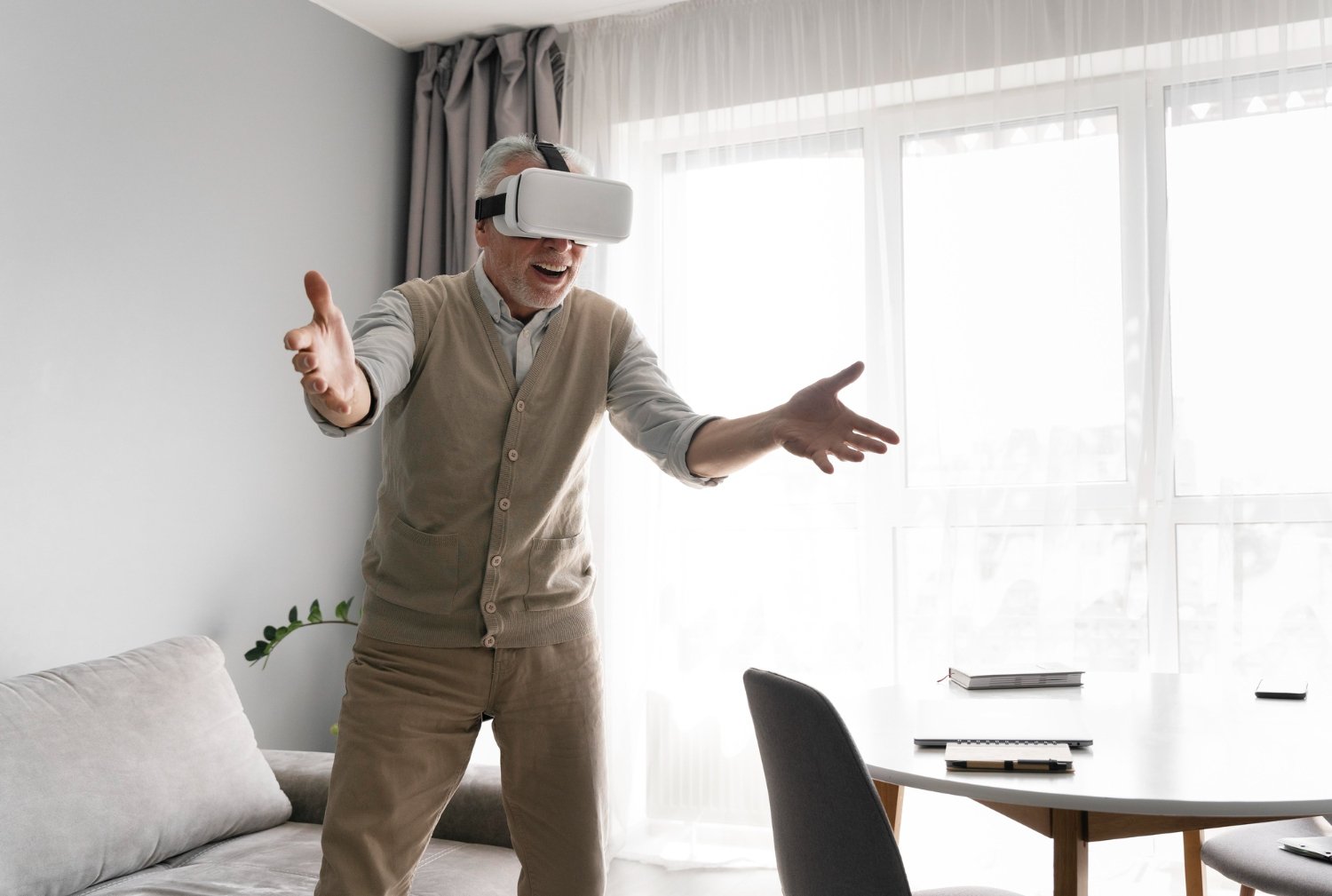Introduction to Virtual Reality Experiences
Virtual reality (VR) has reshaped the way we interact with virtual worlds, creating entirely new experiences that transport users beyond the limitations of the real world. The term virtual reality refers to the creation of a computer-generated environment that simulates physical presence and allows users to interact with these digital spaces. From video games to flight simulation, virtual reality technology has rapidly evolved, offering more fully immersive experiences in real time.
With advances in virtual reality technology, users can now step into virtual environments that feel almost as real as their surroundings. This article will explore how VR works, the various types of virtual reality, and its growing impact across different industries.
What Is Virtual Reality?
Virtual reality is a technology that uses computer-generated environments to create simulated experiences. These experiences can range from recreating real places to building entirely new fantasy worlds. The user becomes immersed in this environment, often with the help of a head mounted display (HMD) that allows them to view and interact with the virtual world.
In most virtual reality experiences, users are not just passive observers. They can move through and interact with the virtual space, making the experience dynamic and engaging. The head mounted display works with motion-tracking sensors, controllers, and sometimes even body suits to detect user movements, making interactions feel more real. This technology is applied across various fields, from video games and entertainment to flight simulation and medical training.
Forms of Virtual Reality
Virtual reality comes in different forms, depending on the level of immersion and interaction. The following are the most common forms:
-
Non-Immersive VR: This is the least immersive form of VR. Users engage with a virtual environment via a screen, like in some desktop-based simulations or training programs.
-
Semi-Immersive VR: Often used in simulations, this type offers some level of immersion. For example, flight or driving simulations use large screens and sensors, providing the feel of a virtual world without full immersion.
-
Fully Immersive VR: This is the most complete form of VR, where users enter a virtual environment using a head mounted display (HMD), often with motion controllers and sensors to allow interaction within the digital world. This is typically seen in gaming and high-level simulations.
Virtual Reality in Video Games
The gaming industry is one of the leading sectors in virtual reality innovation. Virtual reality vr video games transport players to lifelike environments where they can physically interact with characters and objects. With a head mounted display, gamers become part of the action, whether it’s exploring fantasy lands, fighting enemies, or solving complex puzzles in real time.
The virtual environment in video games is more interactive than traditional games, thanks to advancements in VR technology. Players experience high levels of engagement and excitement, often forgetting that they’re in a simulated environment rather than the real world. This creates memorable experiences that push the boundaries of conventional gaming.
Level Up Your Gaming Experience with AI and AR/VR
Virtual Reality in Simulation and Training
Outside of entertainment, virtual reality technology is also transforming simulation and training. In flight simulation, for example, pilots can train in virtual environments that replicate real-life flying conditions. These simulated environments offer a safe and cost-effective way for pilots to practice, reducing risks associated with actual flight training.
Medical professionals also benefit from virtual reality experiences. VR enables doctors and surgeons to practice complex procedures in a computer-generated environment, helping them to improve their skills without the risk of harm to patients. These fully immersive environments offer a level of precision that traditional training tools cannot provide.
The Challenges of Virtual Reality
Despite the incredible potential of virtual reality, there are challenges that come with using this technology. Motion sickness is a common issue faced by VR users, especially during fully immersive experiences. This occurs when the brain receives conflicting signals from the eyes and the inner ear, leading to feelings of nausea. However, improvements in VR design and more accurate tracking systems are helping to reduce motion sickness.
Another challenge is creating realistic interactions in the virtual environment. While modern virtual reality technology allows for lifelike visuals, providing a natural feel during interactions can be difficult. Developers continue to work on improving tactile feedback and motion tracking to bridge the gap between virtual reality and the real environment.
Mixed Reality and Augmented Reality
As virtual reality (VR) continues to evolve, two related technologies—Mixed Reality (MR) and Augmented Reality (AR)—are also gaining traction. While virtual reality immerses users entirely in a virtual world, mixed reality and augmented reality combine elements of both the real world and virtual environments, offering different types of interaction with digital content. These technologies hold immense potential for businesses, education, healthcare, and entertainment.
Augmented Reality (AR)
Augmented reality (AR) enhances the user’s perception of the real environment by overlaying digital content on top of what the user sees in the physical world. Unlike VR, which isolates users from their surroundings, AR adds to the real life setting without taking users away from it. AR has become widely accessible through mobile devices, such as smartphones and tablets, as well as head mounted displays (HMDs) like smart glasses.
An example of AR in action is an app that allows users to view 3D models of furniture placed in their living room through their phone’s camera. The furniture appears to be part of the room, allowing users to visualise how it fits with their space without physically moving anything. This seamless integration of virtual elements with the real world makes AR highly versatile for practical use in retail, design, education, and gaming.
AR apps are also common in social media. Snapchat filters that overlay graphics on a user’s face in real time are a simple but popular use of augmented reality technology. Beyond entertainment, AR can be used for more functional purposes, such as navigation or maintenance. For example, AR glasses can display directions or visual guides to help workers perform complex tasks, such as assembling machinery or conducting repairs.
AI Revolutionising Fashion & Beauty
Mixed Reality (MR)
Mixed Reality (MR) takes augmented reality one step further by allowing users to interact with both virtual objects and the real world simultaneously. MR combines the physical and digital worlds in a way that lets digital content not only coexist with the real world but also react and interact with it in a meaningful way.
Unlike AR, which simply places virtual elements on top of the physical environment, MR creates an interactive experience where the virtual objects can be manipulated as if they were real. Users can interact with holographic objects using gestures or controllers, making MR experiences feel more dynamic. For example, in an MR application, a user might see a virtual object (such as a hologram of a robot) standing in their living room and interact with it through hand movements or even voice commands.
One of the most notable devices in the MR space is Microsoft’s HoloLens. This head mounted display projects holographic images into the user’s field of view, allowing them to manipulate digital objects as if they were part of their physical surroundings. MR is used in industries like healthcare, where surgeons can view 3D holograms of organs while performing real-life procedures, or in engineering, where workers can interact with digital prototypes without needing physical models.
The Relationship Between AR, MR, and VR
Though often discussed together, augmented reality (AR), mixed reality (MR), and virtual reality (VR) each have distinct roles. VR immerses users completely in a computer-generated environment separate from the real world. Augmented reality enhances the real environment by adding digital elements to it. Mixed reality blends the two, allowing real and virtual objects to coexist and interact in the same space.
These technologies differ in their level of immersion and interaction. While virtual reality vr is ideal for fully immersive experiences like gaming or simulations, AR and MR are more useful for enhancing everyday tasks and environments. Each technology has its own unique applications, making them valuable tools across different industries.
The Benefits and Challenges of AR and MR
Augmented reality and mixed reality offer several benefits to users and businesses:
-
Improved User Experience: By overlaying information and visual elements on the real world, AR and MR improve the way users experience and interact with digital content. These technologies enhance learning, decision-making, and problem-solving processes in real time.
-
Cost-Effective Solutions: In fields like healthcare, manufacturing, and education, AR and MR provide cost-effective alternatives to expensive prototypes, physical models, or travel. For example, medical professionals can train with holographic images instead of physical cadavers.
-
Enhanced Collaboration: MR, in particular, allows for collaborative work between remote teams. Workers can manipulate the same virtual objects from different locations, improving efficiency and innovation.
However, there are also challenges that come with the adoption of AR and MR:
-
Hardware Limitations: While AR can be accessed on mobile devices, the head mounted displays used for MR are often bulky and expensive. This limits accessibility for general consumers. Further development is needed to make these devices more user-friendly and affordable.
-
Content Creation: Creating realistic and interactive virtual objects for AR and MR applications can be complex and resource-intensive. Businesses need specialised skills to develop high-quality content that enhances user experience.
-
Motion Sickness and Discomfort: Like VR, MR and AR can sometimes cause discomfort, especially when the virtual elements do not properly align with the user’s movements. This can lead to motion sickness, although advancements in technology are helping to reduce this issue.
The Future of Virtual Reality Experiences
The future of virtual reality experiences looks promising. As VR technology becomes more advanced, the virtual environments we interact with will become even more realistic and responsive. The demand for virtual reality in fields such as entertainment, education, and healthcare is growing, leading to new opportunities for businesses to innovate and provide better experiences.
In the next few years, we can expect virtual reality to expand beyond video games and simulations. Imagine taking a virtual tour of a historic site without ever leaving your home, or attending a concert in a fully computer-generated environment that feels just as exciting as being there in person. Virtual reality experiences will continue to redefine how we interact with digital content and the real world.
Exploring Virtual Museums and the Digital Past with AI and AR & VR
How TechnoLynx Can Help
At TechnoLynx, we specialise in creating high-quality virtual reality experiences for businesses across various industries. Our team of developers and designers are experts in VR technology, crafting virtual environments that offer fully immersive interactions and real-time responsiveness.
Whether your business is looking to develop video games, training simulations, or innovative applications, we can help. We work closely with clients to design custom VR solutions that meet their specific needs. By integrating the latest advancements in virtual reality technology, we can deliver cutting-edge experiences that push the boundaries of digital interaction.
Contact us today to learn more about how we can assist you in bringing your virtual reality ideas to life.
Conclusion
Virtual reality is revolutionising the way we experience digital content, creating new opportunities for entertainment, training, and beyond. As the technology continues to evolve, virtual reality experiences will become more engaging, more lifelike, and more integrated into everyday life. From video games to flight simulation, the possibilities for VR are endless, making it an exciting time to be part of the virtual reality revolution.
With companies like TechnoLynx at the forefront of VR development, businesses can take advantage of these advancements to offer fully immersive digital experiences that connect with users on a whole new level.
Image credits: Freepik

